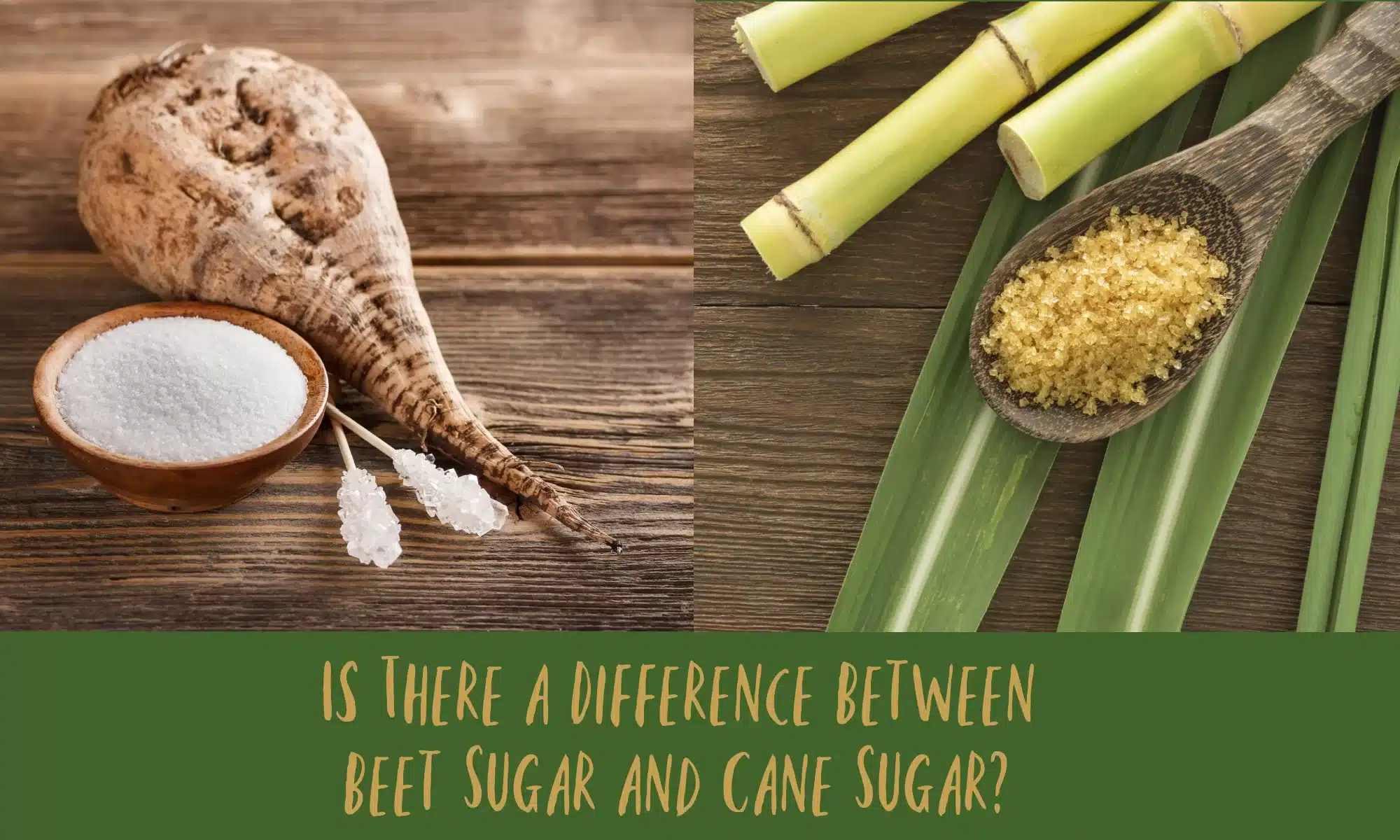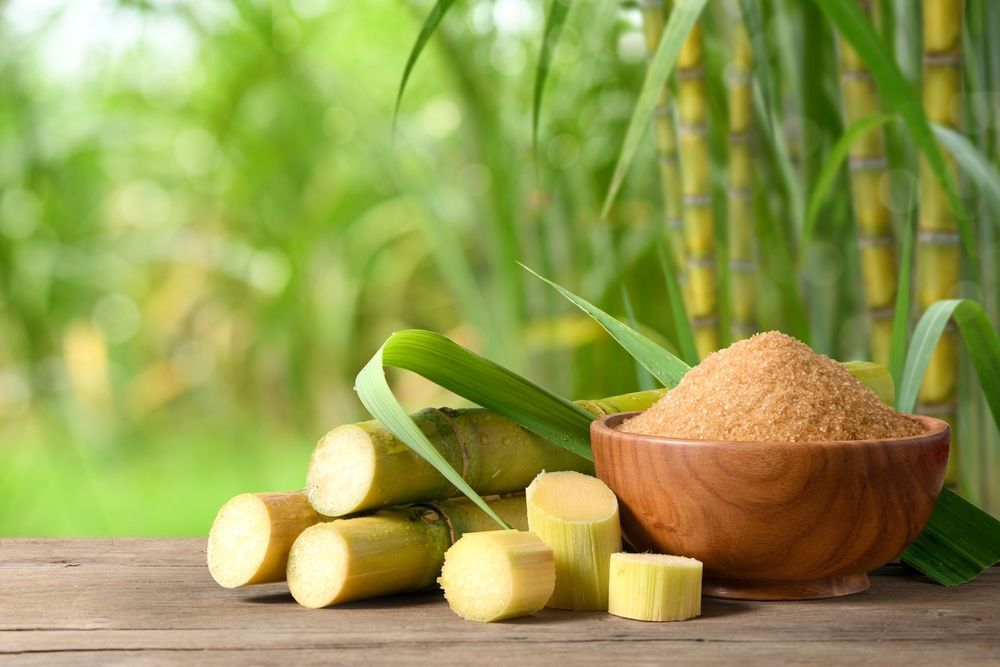The growing techniques for beet sugar vs cane sugar contribute to differences in harvesting time.
The growing techniques for beet sugar vs cane sugar contribute to differences in harvesting time.
Blog Article
Discovering the Distinctions in operation and Advantages In Between Beet Sugar Vs Cane Sugar
In the culinary world, the selection between beet sugar and cane sugar is not merely regarding sweetness yet includes a nuanced consideration of taste, application, and effect. While both sugars stem from various plants, each goes through unique manufacturing procedures that subtly affect their characteristics and suitability for various recipes. As chefs and customers progressively focus on both the environmental and flavor profiles of their components, understanding these distinctions becomes critical. This exploration uses insight into just how each sugar type can best enhance cooking creations.
Origins and Production Procedures of Beet and Cane Sugar

Walking stick sugar, on the various other hand, comes from the sugarcane plant, an exotic yard native to Southeast Asia however currently grown in tropical zones worldwide. The production of cane sugar starts with the harvesting of cane stalks, which are squashed to launch the juice. This juice is after that boiled to concentrate it, after which it is rotated in centrifuges to generate raw sugar crystals. These crystals are more refined to create the white sugar generally readily available in stores.

Nutritional Content and Wellness Considerations

When contrasting the nutritional content of beet sugar and cane sugar, it ends up being noticeable that both types basically provide the exact same calorie worths, with about 16 calories per teaspoon and no considerable nutrient variety. Each is made up practically completely of sucrose, which is a straightforward carbohydrate that offers quick energy however does not have vitamins, minerals, or fiber. This resemblance extends to their effect on health and wellness, specifically worrying blood sugar levels. Both sugars, when eaten over, can add to raised blood sugar levels, a risk element for diabetic issues and various other metabolic disorders. Furthermore, extreme consumption can cause weight gain and oral issues, as both sugars are just as cariogenic, promoting tooth decay. From a health perspective, moderating consumption of any kind of kind of sugar, whether from beet or cane, is suggested to stay clear of these possible adverse results on health. Therefore, neither holds a distinctive benefit over the other in terms of health benefits.
Flavor Accounts and Culinary Applications
Regardless of their similar chemical frameworks, beet sugar and cane sugar vary discreetly in flavor, which can influence their use in numerous cooking contexts. Cane sugar usually lugs a hint of molasses, even in its refined type, offering a cozy, caramel-like touch that enhances baked products, coffee, and chocolate-based dishes. On the various useful site other hand, beet sugar is identified by its very refined, neutral preference, making it a functional sweetener that does not alter the flavor profiles of meals.
Ecological Influence and Sustainability
While both beet and cane sugars are obtained from plants, their environmental impacts vary dramatically due to the unique techniques of cultivation and handling needed for each. Sugar beet farming commonly includes extensive automation, which can boost fossil fuel intake and carbon discharges.
Furthermore, the handling of sugarcane commonly produces a substantial amount of waste, including bagasse, which, although useful as biofuel, often adds to air contamination if burned inefficiently. Sugar beet handling utilizes even more of the raw materials, causing less waste. Both sectors deal with obstacles in minimizing their environmental impacts, but recurring developments in farming methods and waste management are intending to boost sustainability.
Economic Elements Affecting the Sugar Industry
The financial characteristics of the sugar industry are dramatically influenced by global market demands and profession plans. Elements such click as tolls, aids, and worldwide profession arrangements play critical duties in shaping the affordable landscape. For example, in regions where sugarcane or sugar beet manufacturing is subsidized, manufacturers may have a monetary advantage that allows them to offer lower costs on the worldwide market. This can create disparities in success and market gain access to for producers in countries without such subsidies.
Additionally, changes in international demand for sugar, influenced by nutritional patterns and industrial use in foodstuff, straight influence rates and production levels. beet sugar vs cane sugar. Weather problems likewise play a critical role, as they can significantly influence plant yields and, consequently, the supply chain. This variability presents a level of economic unpredictability that can result in investment volatility in sugar production sectors, influencing decisions from growing to market strategy
Verdict
Finally, both beet and cane sugar have distinct qualities that match different culinary needs. While cane sugar conveys a rich flavor perfect for improving baked goods, beet sugar's nonpartisanship is ideal for lighter recipes. Nutritional resemblances notwithstanding, their distinctive visit this website manufacturing processes and ecological impacts add complexity to the option between them. Hence, understanding these distinctions assists cooks and consumers make educated decisions that straighten with their health and wellness, cooking, and honest choices.
Report this page